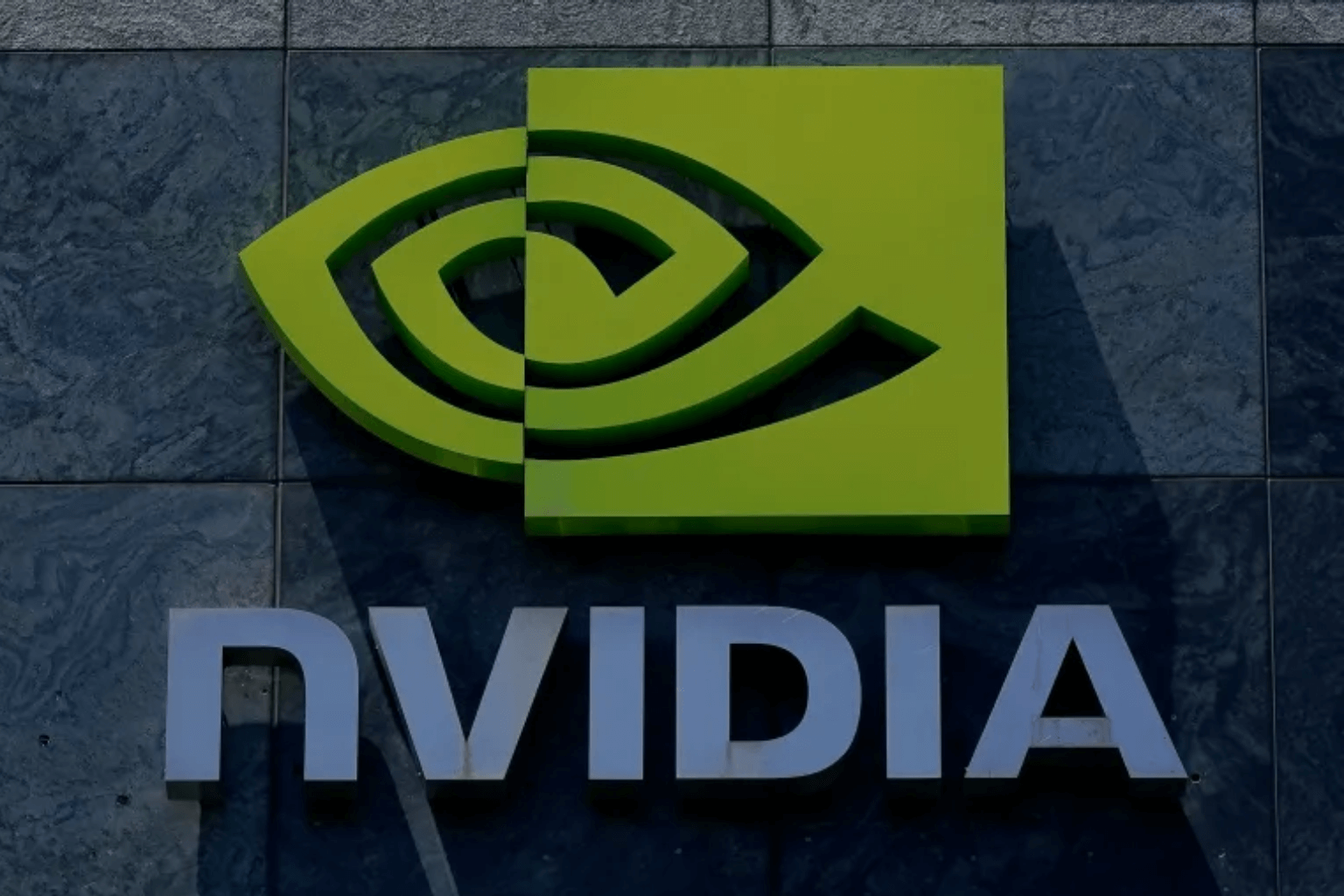
NVIDIA Launches Groundbreaking AI Media Platform Holoscan: 5 AI-Powered Features
NVIDIA’s innovative Holoscan media platform, which uses AI, is going to change the way media is made with its advanced features.
Artificial intelligence (AI) is being used more and more in broadcasting and media, which is changing how material is made, shared, and watched.
NVIDIA’s latest version of AI Decoded goes into more detail about the newly released Holoscan for Media platform. The goal of this platform is to make it easier for developers to make live media apps that run on RTX AI PCs by giving them an AI-enabled platform.
NVIDIA talked about what Holoscan for Media is meant to do by calling it a “software-defined, AI-enabled platform that helps developers easily integrate AI into their live media applications.” This new development makes it possible for media companies to run live media pipelines on the same infrastructure as AI. This makes a process that used to be very complicated and take a lot of knowledge and resources easier to do.
Enhanced Video Editing Tools at IBC 2024
At the IBC broadcast and media technology show going on right now in Amsterdam, NVIDIA is showing off the latest improvements in video editing tools driven by RTX AI with the help of its partners Adobe, Blackmagic Design, and Topaz Labs. These tools, according to the company, will improve live video apps by adding smart and advanced AI features.
One big problem for coders is that putting live media apps online isn’t very efficient. In the past, developers had to make separate builds for each deployment location, such as on-premises, in the cloud, or at the edge. This piecemeal method can make things more expensive and take longer to build. Based on a cloud-native design, Holoscan for Media solves this problem by letting apps run AI implementations from anywhere, so there’s no need for multiple builds.
Integration with NVIDIA AI Enterprise, an enterprise-grade AI platform with a full set of AI software, tools, and libraries optimized for NVIDIA GPUs, is also helpful for developers. This includes well-known tools like TensorFlow, PyTorch, and RAPIDS, which makes deployment easier. With these tools, developers can add advanced AI features to their media apps, such as computer vision, natural language processing, and recommendation systems. NVIDIA AI Enterprise makes it possible to create, test, and use advanced AI models without any problems in media processes.
Showcasing AI Innovations at IBC 2024
At IBC 2024, Holoscan for Media will be shown in action to show how it can be used to make app creation faster and easier. Blackmagic Design’s DaVinci Resolve 19 Studio stands out among the technologies on display because it has AI features that speed up editing processes. These new features make it easier to stabilize footage, clean up frames, improve the clarity of low-resolution videos, and remap movies into the bright HDR10 colour spaces. NVIDIA RTX PCs and workstations make these tools run faster. For example, a GeForce RTX 4090 laptop can run these programs up to three times faster than a Macbook Pro M3 Max. Additionally, an update adds NVIDIA’s H.265 Ultra-High-Quality (UHQ) mode, which uses NVENC to make HEVC decoding 10% more efficient.
The progress is also being helped by Topaz Labs, which has released an Adobe After Effects plug-in for Video AI. This plug-in makes it easier to use AI upscaling tools in After Effects compositions, which increases freedom and decreases waste. The plug-in adds a full set of improvement and frame interpolation models right to the well-known motion graphics software. The Apollo AI model from Topaz Video AI stands out because it can shrink video clips by up to 16 times. The NVIDIA TensorRT feature speeds up this feature on RTX GPUs, which makes AI jobs run up to 70% faster.
The blog post called “AI Decoded” goes into more detail about these changes and shows how NVIDIA is dedicated to helping developers and video makers by providing them with tools that make using AI easier and faster. The tools are meant to help people who want to learn more about AI technologies and how they can be used in live media.


